-

Compensatory Stepping Correction (D20)
AIM: To assess postural instability in Parkinson’s disease using the Compensatory Stepping Correction item from…
-

PD-assessment (D1)
AIM: To assess motor impairments in Parkinson’s disease Rationale: Assessment using items from the motor…
-
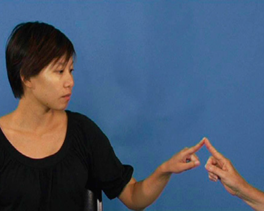
Ataxia-assessment (D2)
AIM: To assess motor impairments in ataxia Rationale: Assessment of ataxia includes: Finger-nose test Finger-finger…
-
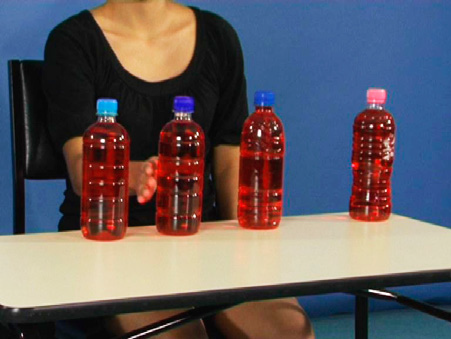
Ataxia-reaching & grasping (D3)
AIM: To improve spatial accuracy of reaching and grasping tasks Rationale: Practice is set up…
-
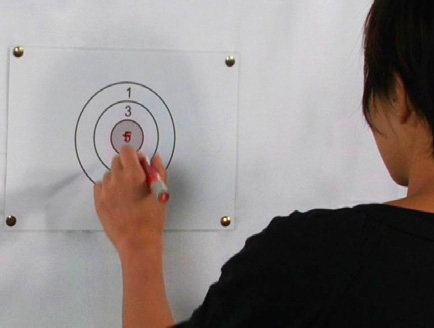
Ataxia-reaching & pointing (D4)
AIM: To improve spatial accuracy of reaching and pointing tasks Rationale: Practice is set up…
-
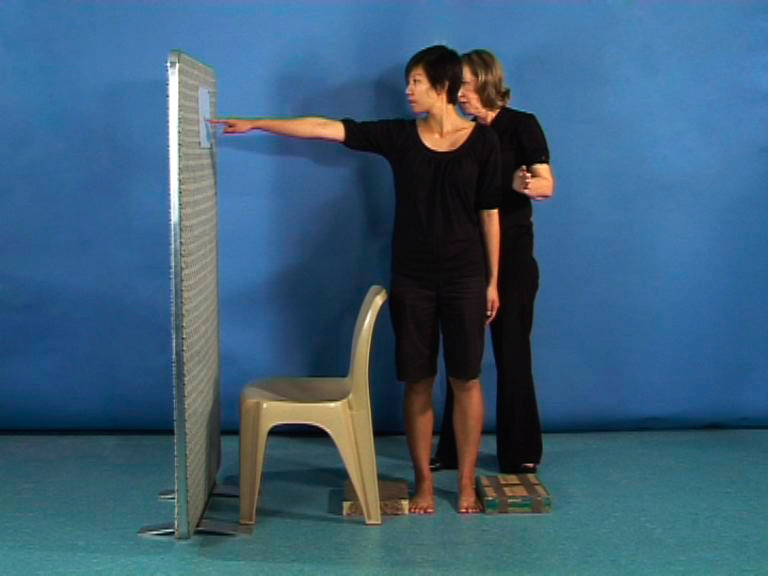
Ataxia-reaching in standing (D5)
AIM: To improve spatial accuracy of reaching in standing tasks Rationale: Practice is set up…
-
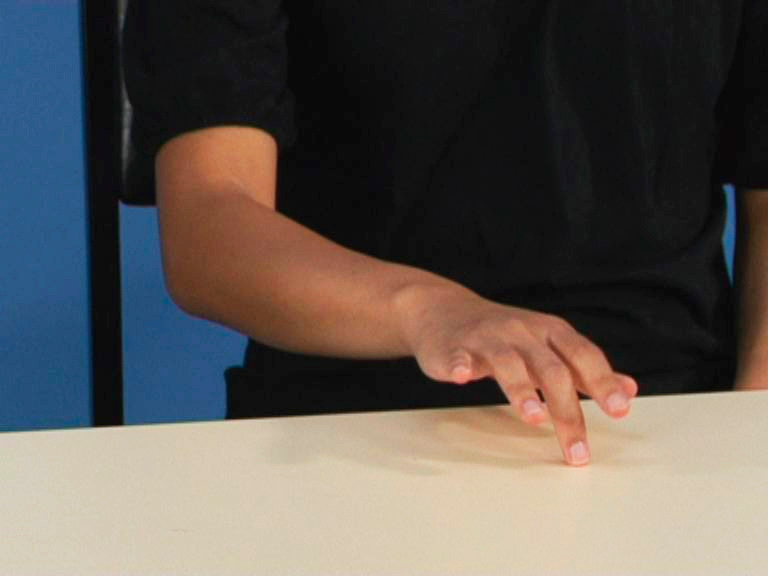
Ataxia-finger tapping (D6)
AIM: To improve the temporal accuracy of closed tasks which require rhythm (finger tapping) Rationale:…
-
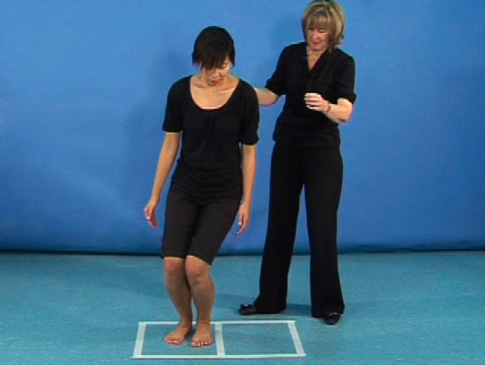
Ataxia-jumping (D7)
AIM: To improve the temporal accuracy of closed tasks which require rhythm (jumping) Rationale: Modified…
-
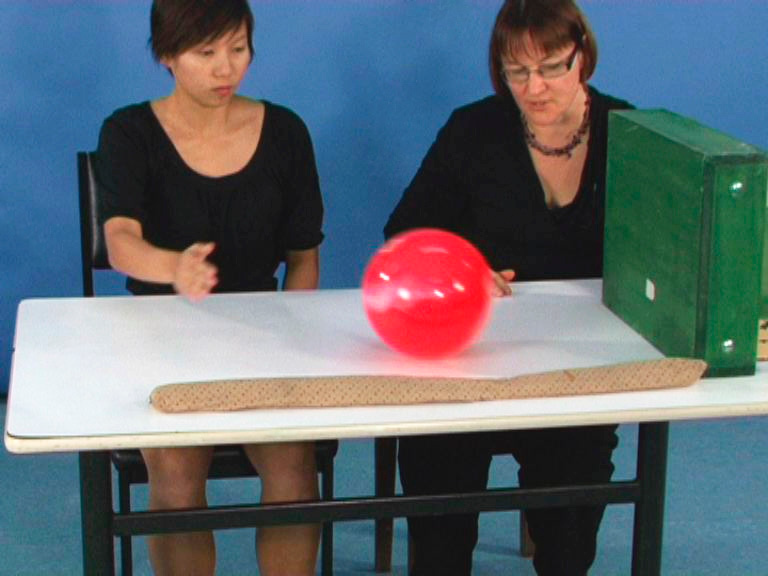
Ataxia-ball bouncing (D8)
AIM: To improve the temporal accuracy of open tasks which require predictive timing (bouncing a…
-
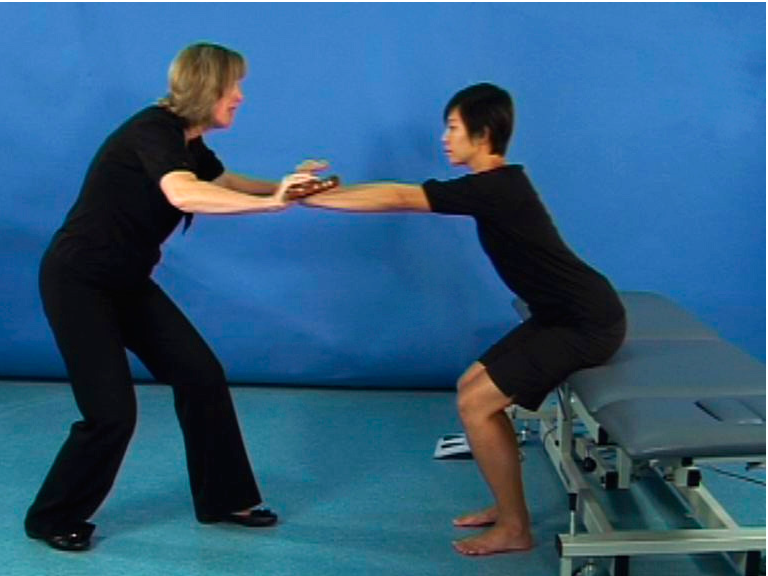
Ataxia-standing up (D9)
AIM: To improve standing up using manual guidance via a stick. Rationale: People with ataxia…
-

Ataxia-walking (D10)
AIM: To improve walking using manual guidance via a stick. Rationale: People with ataxia demonstrate…
-

PD-freezing while walking (D16)
AIM: To overcome freezing while walking. Rationale: Freezing while walking is reduced by the use…
-
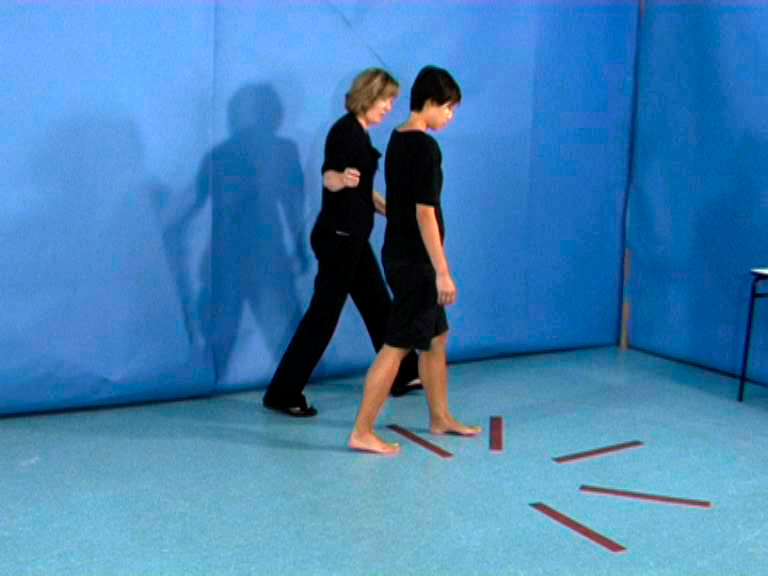
PD-turning while walking (D17)
AIM: To improve turning while walking. Rationale: Loss of balance and freezing are reduced by…
-
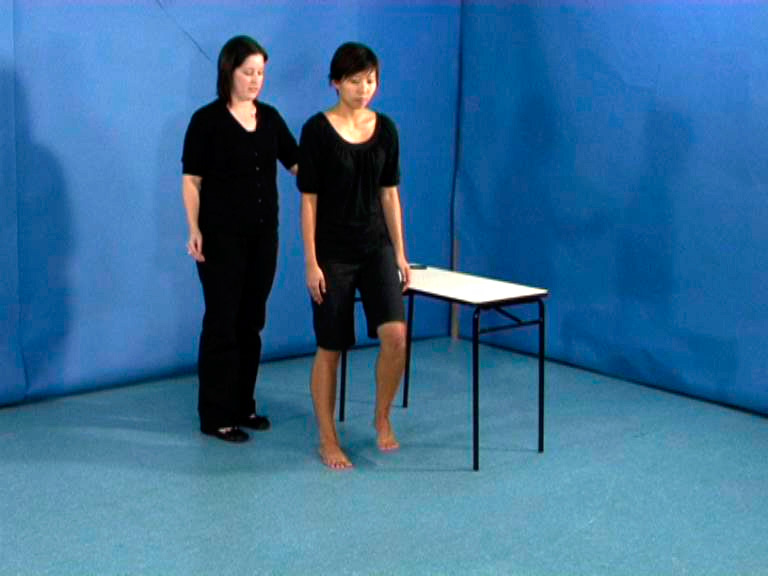
PD-initiating turning (D18)
AIM: To improve turning from a stationary start or while walking in confined spaces. Rationale:…
-
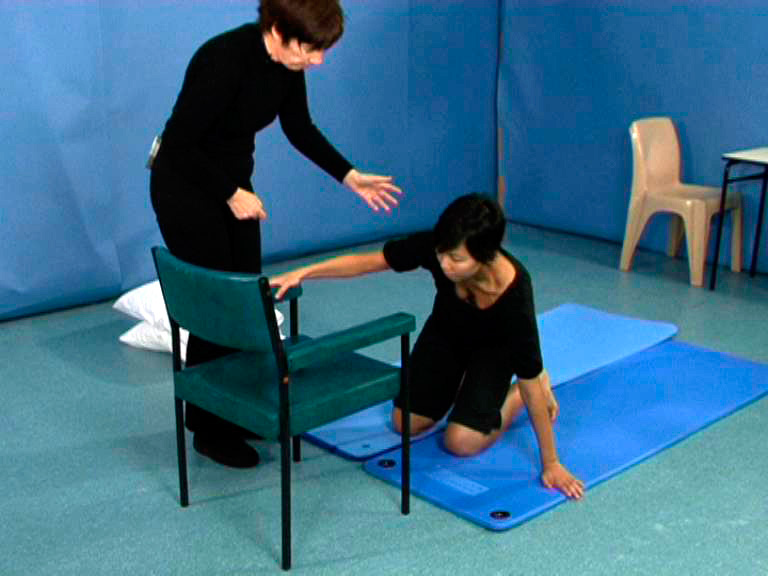
Getting up from the floor (D19)
AIM: To train getting up from the floor Rationale: People with neurological conditions are at…
-
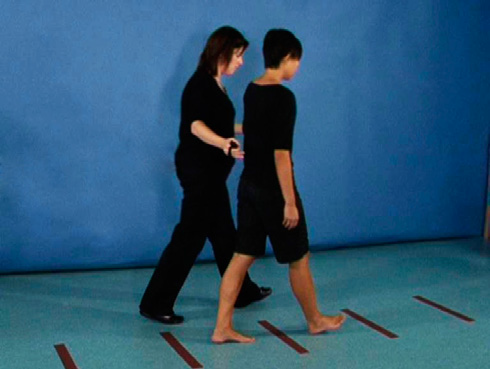
PD-step length in walking (D11)
AIM: To increase step length using visual cues or cognitive cues Rationale: Hypokinesia while walking…
-
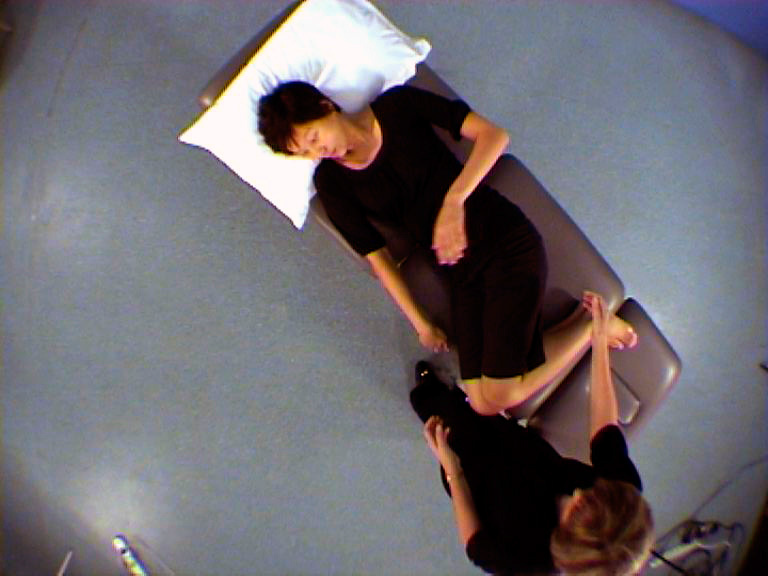
PD-turning in bed (D12)
AIM: To improve turning in bed using cognitive cues. Rationale: Akinesia and hypokinesia while turning…
-
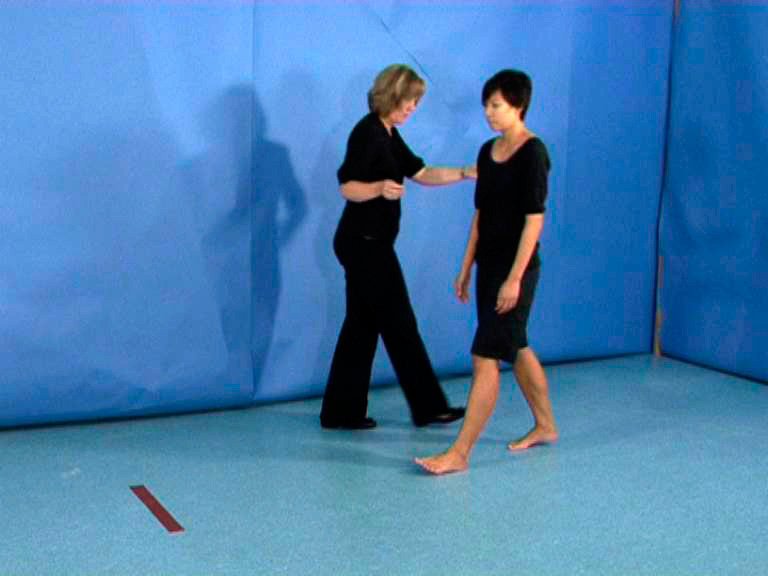
PD-self-initiated stepping (D13)
AIM: To improve self-initiated stepping and stopping. Rationale: Akinesia, hypokinesia and poor balance in standing…
-
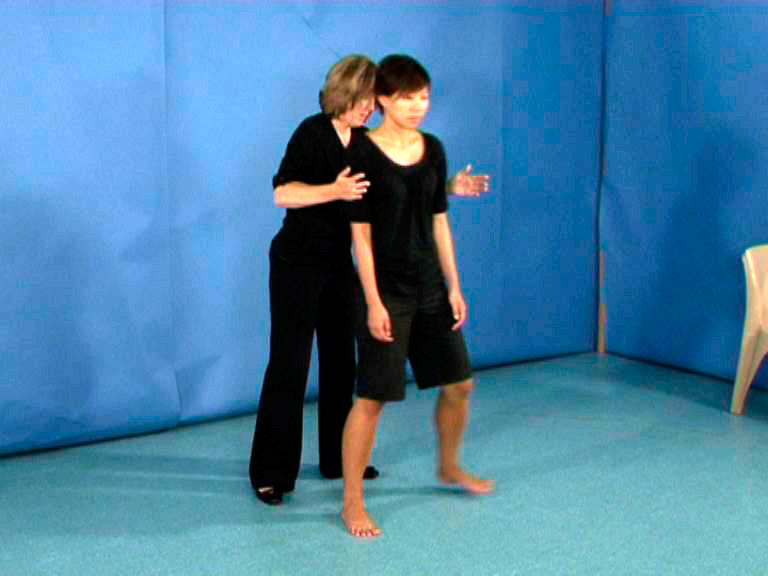
PD-respond to perturbations (D14)
AIM: To improve responding to external perturbations Rationale: Akinesia, hypokinesia and poor balance in standing…
-
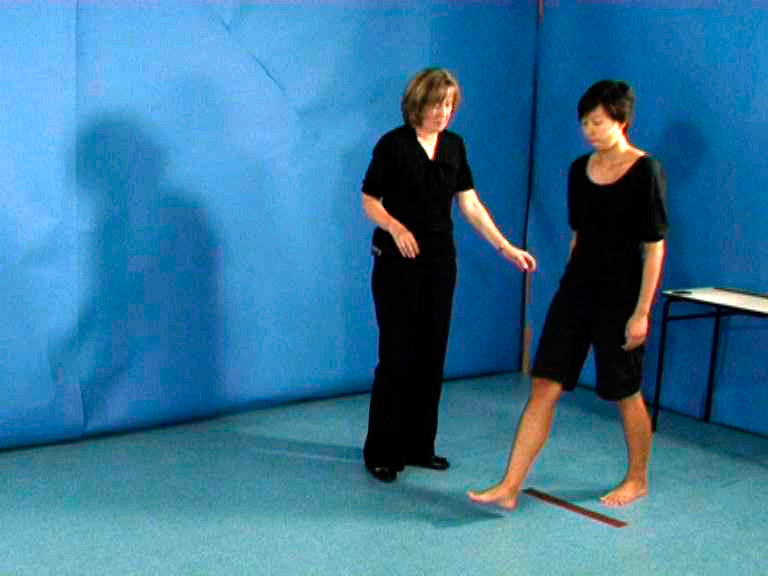
PD-initiating walking (D15)
AIM: To improve initiation of walking Rationale: Freezing (akinesia) on initiation of walking is reduced…